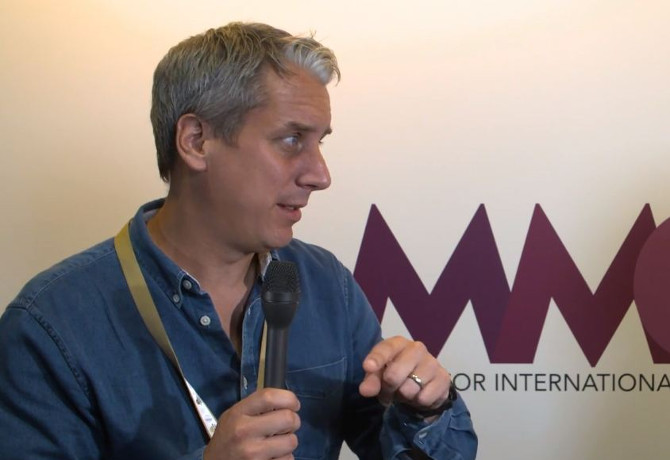True innovation must cater to individuals but not lose the universal appeal of the brand, writes Richard Hartell, global president of Publicis Media’s Business Transformation practice.

Disruption has, without a doubt, gone mainstream. Consumers and executives expect it and embrace the rapid pace of change, but are companies stacking up when it comes to their ability to innovate ahead of said change? If you ask the company, they’ll say yes. If you ask the consumers, they’ll say… not so much.
We recently conducted a proprietary research study in which we asked brands and consumers to predict how six disruption trends (for example artificial intelligence and personalised data) would impact 12 business categories, such as banking and automotive.
Our findings pointed to some key disparities and learnings that – if acknowledged and applied – could provide a brand with a helpful roadmap for future business transformation efforts.
Innovation performance gap
Nearly nine out of 10 (86%) company executives questioned said they believe they are “meeting their customers’ expectations”. In contrast, only 61% of consumers felt the same.
This 25% perception gap also widened depending on the category: alcoholic beverages and beauty and grooming had a wider gap (up to 36%), whereas consumer electronics was marginal (5%). Despite these numbers, companies remained bullish about their ability to innovate to meet consumer needs. So what gives? And why is there such a disparity in opinion?
Transformation credit deficit
Part of the problem is that companies are not “showing their innovation”. While 76% of brands said they have a business transformation agenda in place, they are not exposing consumers to the innovation process, so consumers, in turn, are sceptical about their plans or ability to innovate.
What’s more, most companies are only halfway through their business transformation process. Early investments around infrastructure, data and tech are also largely invisible to consumers, meaning that many brands are not getting credit for their transformation efforts. The companies who invest in transformation efforts that create operational efficiencies and better experiences for consumers will be successful.
The human and social gap
The one thing the 1,800 consumers and 750 executives polled can agree on is that banking, automotive and consumer electronics will be most transformed by disruptive trends like artificial intelligence, new payment methods and seamless shopping.
However, their rationale for why was vastly different. Consumers focused on innovation from which they’ve experienced personal and social benefit, whereas executives focused on how emerging trends would impact business models, data streams and product efficiencies.
It makes sense that technical delivery is top of mind for executives, but consumers expect rapid innovation with human and social delivery. Humanising your business transformation activities can go a long way in terms of getting some quick wins on the board with customers.
These are just a few findings from the research, but central to our learning is that true business transformation has to cater to individuals but not lose the universal appeal of the brand. Companies who are able to blend the right mix of consumer participation, intelligence, creativity and technology will be in the best position to transform their business, at the right pace, to meet consumer expectations. The future is theirs.







